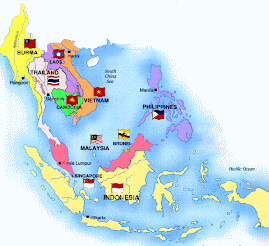The Millstone Meltdown
-
"*You can’t say we weren’t warned.*"
Chapter 1: The Gathering Storm
The dawn skies over Long Island Sound were an ominous shade of gray, a calm
before t...
5 days ago
This site has been created to facilitate the establishment of a South East Asian biochar interest group. BIG-SEA could provide communication and linkage between biochar researchers, farmers, related industry and supporting organisations, interested in tropically focused biochar industry development. Please get in touch if you are interested in supporting or participating in this effort.
